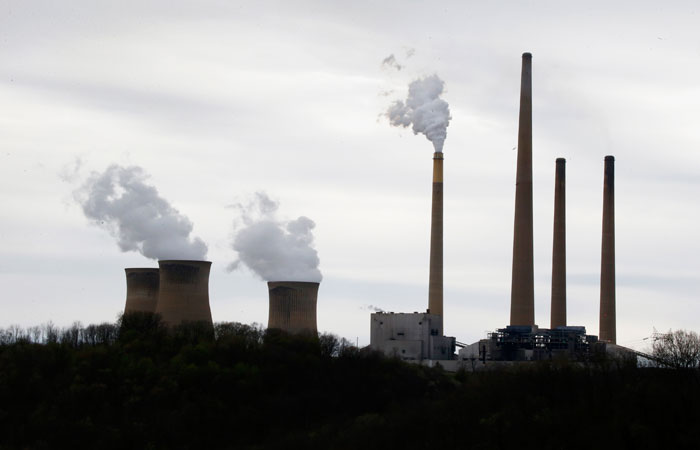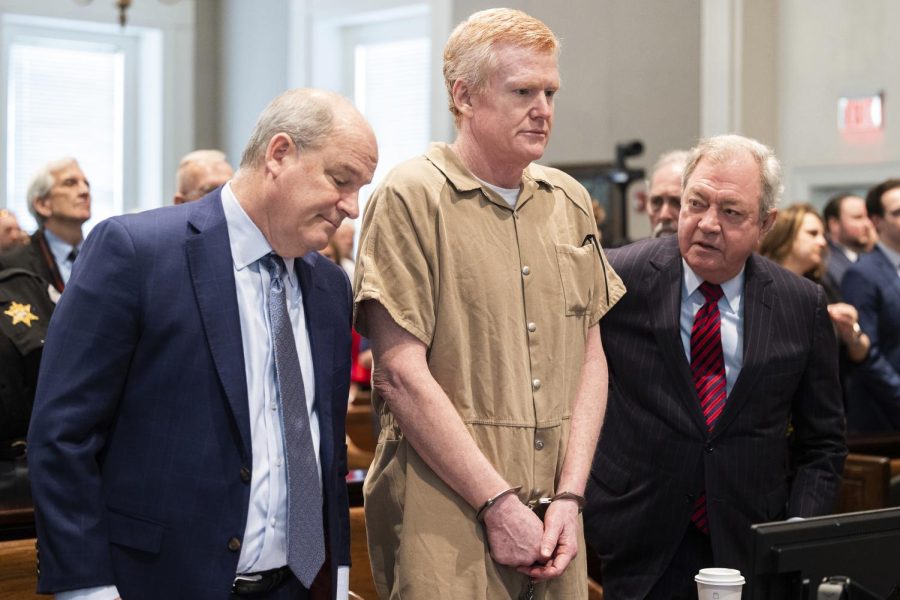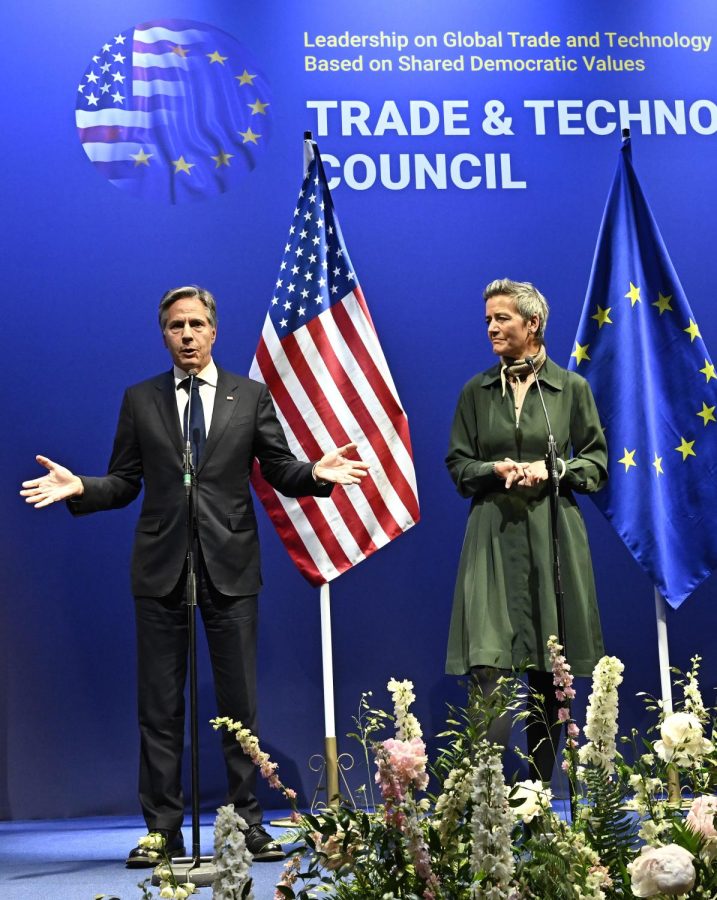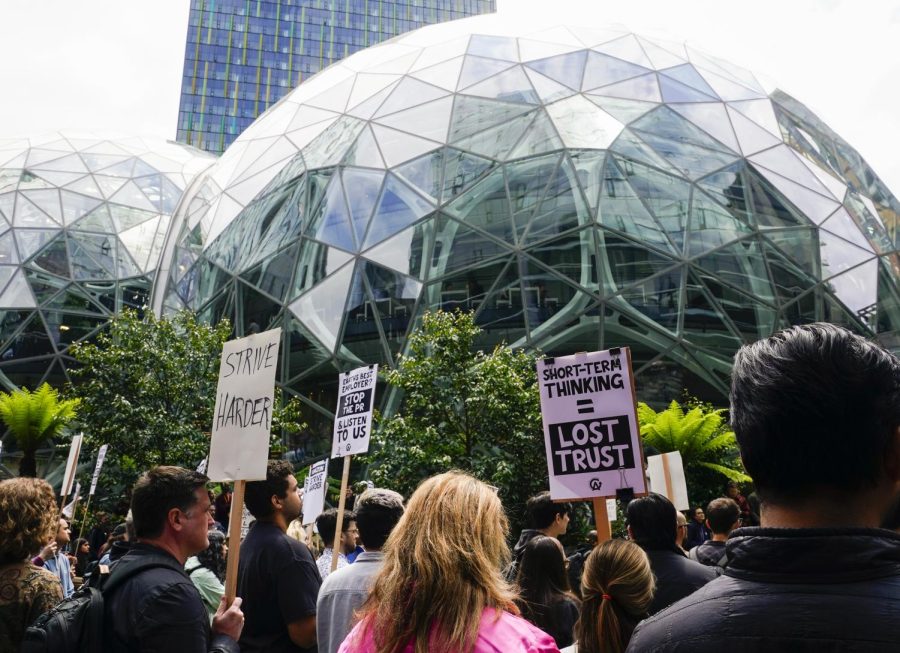
DINA CAPPIELLO
Associated Press
HOMER CITY, Pa. — Three years ago, the operators of one of the nation’s dirtiest coal-fired power plants warned of “immediate and devastating” consequences from the Obama administration’s push to clean up pollution from coal.
Faced with cutting sulfur dioxide pollution blowing into downwind states by 80 percent in less than a year, lawyers for EME Homer City Generation L.P. sued the Environmental Protection Agency to block the rule, saying it would cause grave harm and bring a painful spike in electricity bills.
None of those dire predictions came to pass.
Instead, the massive western Pennsylvania power plant is expected in a few years to turn from one of the worst polluters in the country to a model for how coal-fired power plants can slash pollution.
The story of the Homer City plant reflects the precarious position of older coal-fired plants these days, squeezed between cheap and plentiful natural gas and a string of environmental rules the Obama administration has targeted at coal, which supplies about 40 percent of the nation’s electricity. The latest regulation, the first proposal to curb earth-warming carbon dioxide from power plants, is due next week. It will pose yet another challenge to coal-fired power plants. Dozens of coal-fueled units have already announced they would close in the face of new rules.
But Homer City also shows how political and economic rhetoric sometimes don’t match reality. Despite claims by Republicans and industry critics that the Obama administration’s regulations will shut down coal-fired power plants, Homer City survived — partly because it bought itself time by tying up the regulation in courts. Even environmental groups that protested Homer City’s pollution, now say the facility is setting a benchmark for air pollution control that other coal plants should follow.
“If there is a war on coal, that plant won,” said Eric Schaeffer, the executive director of the Environmental Integrity Project and a former enforcement official at the EPA.
The owners of the massive western Pennsylvania power plant — which releases more sulfur dioxide than any other power plant in the U.S. — have committed to install $750 million worth of pollution control equipment by 2016 that will make deeper cuts in sulfur than the rule it once opposed.
Last month, the Supreme Court upheld the EPA’s rule in the case initiated by Homer City Generating Station.
GE Energy Financial Services, the plant’s majority owner, now says it can do it — and without electricity bills increasing for the two million households it provides to.
“We believe in the plant’s long-term value, and that installing equipment will enable it to comply with environmental regulations,” said Andy Katell, a spokesman for GE.
The operator of the facility, Edison Mission Energy, couldn’t raise the money to pay for the pollution controls and filed for bankruptcy before the case made it to the Supreme Court. Numerous states, environmental groups and other companies operating power plants joined the litigation, keeping it alive.
For more than 40 years, Homer City has spewed sulfur dioxide from two of its three units completely unchecked, and still does because it is largely exempt from federal air pollution laws passed years after it was built in 1969. Last year, the facility, released 114,245 tons of sulfur dioxide, more than all of the power plants in neighboring New York combined.
“It is an emblem, a poster child of the challenge of interstate air pollution,” said Lem Srolovic, the head of the environmental protection bureau for the New York Attorney General’s office.
The states of New York, New Jersey and Pennsylvania and the EPA sued Homer City in 2011 arguing that it was operating in violation of the Clean Air Act because it failed to install pollution control technology in the 1990s when it made upgrades that increased emissions. A federal judge dismissed the case arguing that it fell outside the statute of limitations.
But U.S. District Judge Terrence McVerry in his opinion said he appreciated the frustration “that society at large continues to bear the brunt of significant sulfur dioxide emissions from that grandfathered facility.”
A class-action lawsuit filed by local citizens to get the plant to clean up its pollution also failed. And the Sierra Club appealed the plant’s plans to control sulfur dioxide, securing a settlement in 2012 that requires it to show that it will not exceed sulfur dioxide limits.
“It should be the new standard for coal plant permits in the country,” said Tom Schuster, who heads the Sierra Club’s Beyond Coal campaign in Pennsylvania. “When coal-fired power plants are held responsible, the health and quality of life benefits far outweigh any cost.”
The EPA estimates about 30 percent of the coal-fired units in the U.S. are operating without scrubbers — pollution control equipment to control not only for sulfur dioxide, but also mercury, a toxic metal that will be controlled for the first time from power plants next year.
All must install them soon, or be retired, to meet new EPA rules. Homer City received a year-long extension on the deadline from Pennsylvania’s Department of Environmental Protection.
“(Homer City) will be the last of the existing power plants installing scrubbers,” said Vince Brisini, a deputy secretary for the Pennsylvania DEP. “Those that don’t have scrubbers will not survive.”
For the 1,687 people who live in Homer City, where the power plant’s towering smokestacks have long served as a local landmark, many are relieved that the plant’s 255 jobs are staying put, for now. The plant in the future will likely have to reduce smog-forming nitrogen oxides further to comply with the rule the Supreme Court revived last month. And it will also have to comply with upcoming rules to reduce the gases blamed for global warming.
“I’m all in favor of saving the environment,” said Rob Nymick, the borough manager. “But it’s also important to have jobs in this area. We lose the power plant, we’re in trouble.”
___
Associated Press writer Kevin Begos contributed reporting from Homer City. Cappiello reported from Washington, D.C.







